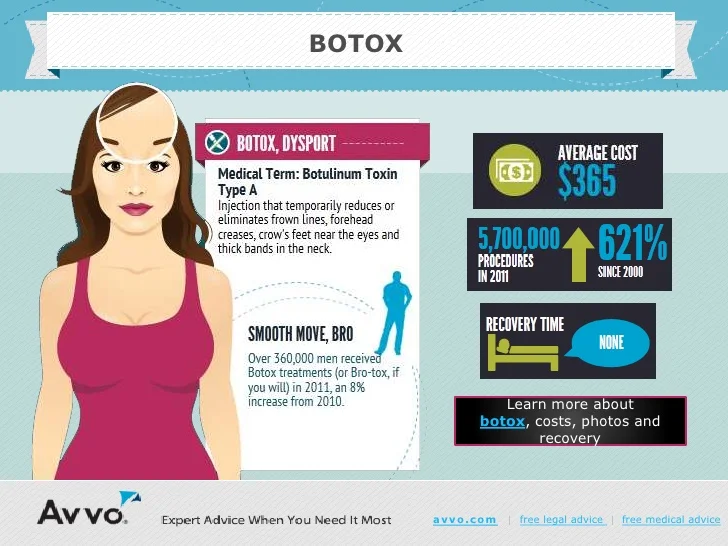AHAs are a key active ingredient for unclogging pore blockages and lightening up acne-prone skin. They work by breaking down dead skin cell buildup to promote more recent, fresher cells, and avoiding future obstructions.
Creating topical AHAs requires precise attention to numerous crucial elements that considerably impact their efficiency and tolerability. Preserving the optimum pH range, along with vehicle option and concentration, amplifies their exfoliative features while alleviating potential adverse responses.
Glycolic acid
Glycolic acid is understood for its moderate yet reliable scrubing homes, which promote skin's all-natural shedding and loosen up the "adhesive" that holds dead cells on the surface of the skin. This assists unclog pores and decrease the appearance of great lines and wrinkles, as well as boost overall skin appearance and tone.
Remarkably, topical glycolic acid has actually likewise been shown to boost the production of collagen, which is critical in keeping skin's firmness and flexibility. It is necessary to note, nonetheless, that since glycolic acid can promote the skin's sensitivity to sunshine, it is necessary to put on sunscreen when using any type of products having this component.
Dermatologists pay cautious attention to the solution of products consisting of AHAs in order to optimize their effectiveness and tolerability. Developing AHAs with the suitable car, in addition to pH and focus considerations, permits ideal skin penetration while minimizing possible unfavorable reactions. This is specifically essential for people with sensitive skin, considering that AHAs are known to be gently annoying.
Lactic acid
Lactic acid is located in numerous over-the-counter skin care items and some stronger expert peels and therapies. It has the most affordable molecular weight of all the AHAs and has the ability to penetrate much deeper right into the skin, where it is much more reliable at unclogging pores and scrubing.
Like glycolic acid, it additionally stimulates collagen synthesis, which assists lessen fine lines and creases and boost skin structure. In addition, it has moisture-retention residential properties, which makes it better for drier skin kinds than other AHAs.
The substantial body of professional data confirming the effectiveness of topical AHAs sustains their energy in a large range of dermatological conditions and visual concerns. These include complex skin rejuvenation procedures, depletion of great lines and creases, lightening of hyperpigmentation, therapeutic treatment for actinic keratosis, and acne management [2] Enhancing the solution of AHAs by balancing pH, focus, and lorry selection additionally boosts their healing potential. These careful considerations allow skin doctors to supply safe and effective treatments that supply remarkable professional outcomes.
Mandelic acid
Mandelic acid, derived from almonds, is another member of the AHA household and is a prominent active ingredient in items that aid deal with acne. Its larger molecular size implies it permeates the skin a lot more gradually and delicately, which can lower the possibility for irritation. It's also less likely to trigger redness and other skin sensitivity issues, making it appropriate for delicate skin kinds.
Mandelic Acid is believed to help in reducing swelling and increase hydration. It functions by loosening up the bonds in between dead skin cells, permitting them to lose and disclose fresher-looking skin. It additionally helps reduce the appearance of enlarged pores.
Formulating topical products with AHAs requires a precise balance of key factors that significantly impact their effectiveness and tolerability. Particularly, the pH of an AHA formula has been shown to play a crucial role in its ability to promote exfoliation and boost complexion and appearance. Attaining this ideal focus is a tough objective and needs precise attention to the various factors that influence the solution procedure.
Citric acid
Citric acid, located in citrus fruits meso therapy such as oranges and lemons, is a light AHA. It's much less annoying than glycolic or lactic acid, making it more suitable for sensitive skin. It additionally has astringent buildings, aiding to dry excess oil.
Like other AHAs, citric acid can be used in chemical peels and daily active/maintenance therapies to scrub the skin and promote cell turnover. It can help reduce the look of dark places and hyperpigmentation, in addition to fine facial lines.
It can additionally boost the synthesis of glycosaminoglycans, which play a crucial role in strengthening the skin obstacle feature. This helps to avert trans-epidermal water loss, and keep ideal hydration levels in the skin [35]
AHAs can be combined with soothing active ingredients such as ceramides or hyaluronic acid to enhance their tolerability. They can be integrated into day-to-day active/maintenance skincare through lotion or lotion formulations. This allows experts to tailor their AHA treatments based upon person requirements and preferences, with the adaptability of selecting from different therapy strengths or concentrations.
